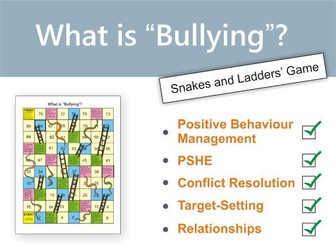Food Chains and Food Webs - Woodlands
Food Chains and Food Webs in a Woodland Habitat
NB: The direction of the arrows in food chains and food webs can be difficult for students to make sense of. At KS2, food chains and food webs are described in terms of feeding relations, and it would seem to make sense for the arrows to point in the opposite direction. The reason why the arrows point from the organism that is eaten to the organism that is doing the eating is because chains and webs actually represent the transfer of energy. It is important that the students understand how the arrows should be drawn. Explanation is given in the PowerPoint Presentation.
PowerPoint Presentation (35 slides):
What are food chains?
Different food chains in a woodland
Combining the food chains into a food web
Interactive activity to complete food chains in a woodland
Other animals and plants in a woodland (that could also have been included in
the food web)
Quiz – what are food chains?
What are producers and consumers (definitions and examples in the context of
a woodland habitat)
Producers, primary consumers, secondary consumers and tertiary consumers
(definitions in the context of a woodland habitat)
Quiz- Producers and Consumers
What are omnivores, herbivores and carnivores? Predators and Prey
(definitions)
More complex food webs in a woodland: adding a crow to the food web; adding
a toad to the food web; adding an owl to the food web; and adding a badger to
the food web
For each new animal added, there is an activity to complete food chains contained within the “new” food web.
Worksheets/Activities (34 Activities):
There are five food webs showing feeding relations between animals and plants in a woodland habitat. The complexity of the food webs facilitates differentiation by task For each food web the activities are as follows:
reference food web
what eats what? – fill in a table exercise
identifying the food chains within the food web (colouring in the arrows)
completing food chains (cut and stick)
completing food webs (cut and stick)
blank food webs and pictures of plants and animals to cut out
producers and consumers: making a mobile for display
There is a blank version of each food web and pictures of all the animals and plants that can be cut out and used to create a food web for a woodland.
Information Cards:
The information cards (if cut out and laminated) are a permanent resource. A ‘set’ can be given to each group and used as a reference which will enable them to complete the blank food webs. They are particularly useful for group work – students discuss and make decisions as to which organism goes where in the food web, Each animal in a woodland habitat has a ‘data card’ that contains the following information:
animal group (e.g. reptile, amphibian, mammal, insect, arachnid)
habitat
diet
how the animal reproduces
